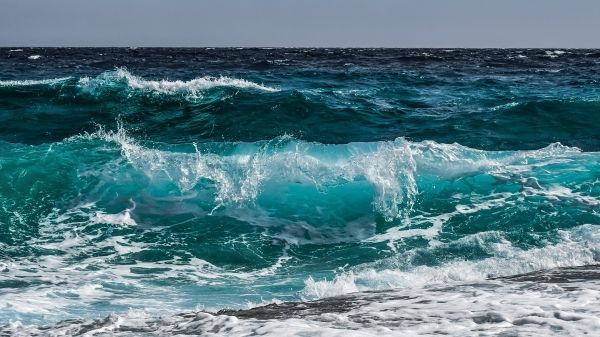How exactly does the ocean — the Earth’s largest carbon sink — capture and store carbon? The answer to this question will become increasingly important as the planet warms and as we try to get ahead of a runaway climate scenario.
That’s according to UC Santa Barbara oceanographer Dave Siegel. “The whole number is about 10 petagrams of carbon per year,” he said of the amount of carbon transported from the ocean surface to the deep, “which is about equal to how much carbon we spit out in fossil fuel emissions every year.”
The estimate is very rough, however, and one that Siegel and his colleagues are working to refine.
“Once you start worrying about how those things might be changing as the climate changes, our precision has to increase,” Siegel said. “We can’t have these 20 to 25 percent uncertainties, because we won’t get anywhere.”
Achieving this precision is at the heart of a review co-authored by Siegel and collaborators, now published in the journal Nature. The review discusses relatively lesser-known — but no less significant — mechanisms of ocean carbon sequestration. They are known as “particle injection pumps (PIPs)” — a multidimensional approach to accounting for carbon movement in the deep ocean.
Read more at University of California - Santa Barbara
Image by Dimitris Vetsikas from Pixabay


